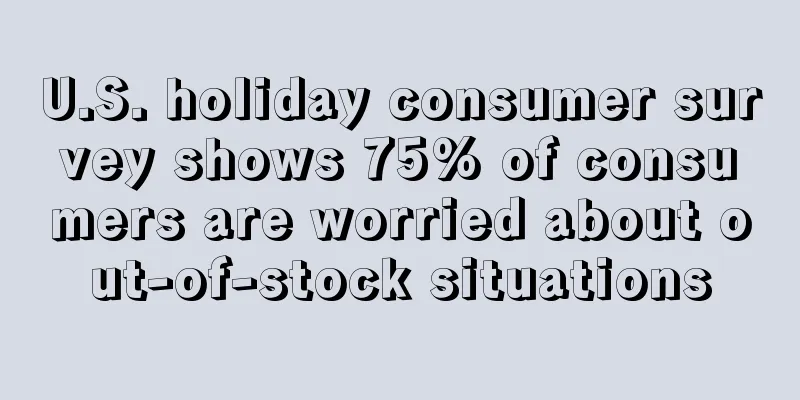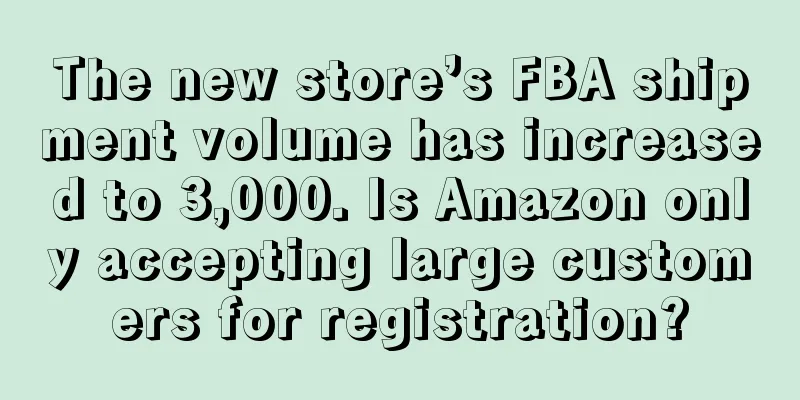U.S. holiday consumer survey shows 75% of consumers are worried about out-of-stock situations

|
After surveying 4,315 consumers and 30 retail executives, Deloitte predicts that average holiday spending this year will increase by 5% from last year to $1,463. Among them, the average gift spending is expected to be $501, non-gift spending is $426, and experience spending is $536. In terms of categories, people have the largest budget for clothing and accessories, which is $304, followed by electronics and gift cards, food and beverages, home kitchen, toys, health and pet products.
While per capita spending will increase overall, Deloitte noted that this will be driven by higher-income households, who will spend 15% more on average to $2,624 compared to last year, while lower-income households are expected to spend an average of $536, down from $688 last year.
In addition, many low-income consumers do not plan to participate in the shopping season. According to the survey, 11.5% of respondents said they would not buy anything during this shopping season, compared to only 4.9% last year. Among consumers who do not plan to shop, nearly 70% are from low-income families. Deloitte speculates that the reason for this is that inflation has dealt a heavy blow to low-income families.
The shortage of goods has attracted everyone's attention this year. Deloitte said that 75% of consumers are worried about the shortage of goods this year , especially the shortage of electronic products and toys. Deloitte pointed out that there are several reasons behind the low inventory level, one is the shortage of chips for manufacturing electronic products; the other is supply chain disruptions, such as transportation problems or weather problems.
Affected by the tight supply chain, more consumers plan to shop in advance this year. In addition to the supply chain, the reasons they give for early shopping include ensuring timely delivery of goods, completing holiday shopping as soon as possible, avoiding shopping peaks, and worrying about the uncertainty of the epidemic.
In addition, Deloitte also found that consumers prefer free delivery to fast delivery. They are willing to wait two to three days to get an item rather than pay extra to get it quickly. This also prompts people to shop several weeks in advance. USA Holiday spending |
<<: Demand for fashion categories in the UK increases, and online market sales continue to heat up!
>>: Amazon eyes Indian market, expands e-payments and financial services
Recommend
Hot in the US market! The top 10 best-selling toys are here
Recently, the American Specialty Toy Retail Assoc...
Overtaking on the curve! Another Amazon seller has become popular on TikTok
Whether it is out of consideration for the long-t...
Is the Indian site about to be launched? Shopee has already started recruiting investors
There are reports that Shopee seems to be prepari...
What is Clearpay? Clearpay Review, Features
ClearPay is an independent company founded by pro...
What is Centripetal Force? Centripetal ForceReview, Features
Xiangxinli Intellectual Property Co., Ltd. was est...
What is Pngme? Pngme Review, Features
Pngme is a platform that provides user data to fin...
Amazon and its sellers face prosecution for "disco" in minefield
Recently, the Hindu Janajagruthi Samithi filed a ...
Seize the niche market! Another Chinese brand successfully enters overseas
Seizing the niche market! This seed player succes...
Shopee will launch a new product category tree, and E-Post USA will suspend the acceptance of electronic items
Shopee will launch a new product category tree Ac...
Social e-commerce bonus period, this category brings its own traffic
Over the past year, major social platforms have b...
Blacklist reappears in the cross-border circle! Unreasonable employee extorts 2 million yuan of inventory from the company
As we all know, there have been various blacklist...
Black Friday this year is a bit boring? Soft service improvement is the way to go
Black Friday used to be a prelude to the holidays...
With a GMV of US$20 billion, India's social e-commerce has great development prospects
Although still in its nascent stage, the Indian s...
Amazon's home appliance sellers have the highest income, and the grocery category is the most competitive!
Amazon brand acquirer Thrasio has analysed data f...
My account is safe, but my reserved funds have been held for a year. Amazon sellers: Why?
After a large number of top sellers were blocked,...









